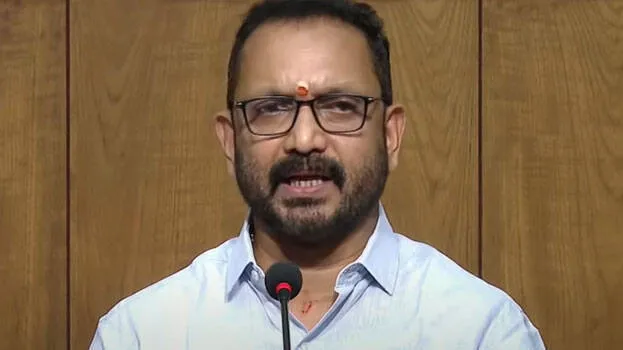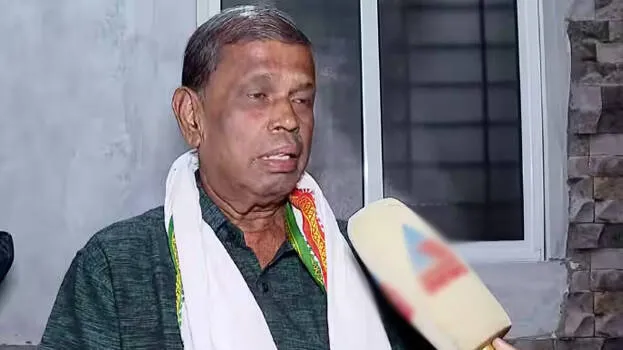
The brachial plexus is a network of nerves that originate near the neck and shoulder. These nerves begin at the spinal cord in the neck and control the hand, wrist, elbow, and shoulder. Nerves are the electrical wiring system in all people that carry messages from the brain to the rest of the body.
A nerve is like an electrical cable wrapped in insulation. These injuries can vary in severity, from mild stretching of the nerves (neuropraxia) to complete avulsion (tearing) of the nerves from the spinal cord. The severity and type of injury determine the symptoms and a person can either experience it immediately following the injury or may develop symptoms over time.
We speak with an expert to know what are the common symptoms and when is the right time to consult a doctor. Common Symptoms of Brachial Plexus Injury include Pain: “A person suffering from brachial plexus injury may experience sharp burning, or aching and the pain may radiate from the neck to shoulder and arm. Acute injuries cause immediate and severe pain, while chronic injuries may lead to constant discomfort,” Dr Abhijit Wahegaonkar, Senior Consultant and Hand Surgeon, at Jehangir Hospital, says.
Numbness and Tingling: A person may experience mild to severe numbness or tingling in the arm or hand. “Numbness may affect specific fingers or areas of the arm, depending on the injured nerves,” he says. Weakness: “Muscle weakness may be there in the affected arm and difficulty lifting the arm, performing everyday tasks, or gripping objects.
The weakness may either be partial (paresis) or complete (paralysis), depending on the extent of the injury,” Dr Wahegaonkar explains. Loss of Movement: In extremely severe cases, individuals might also lose complete function in the affected arm. “This can result in paralysis of some or all muscles supplied by the injured nerves,” he adds.
Hypersensitivity: Affected people may experience heightened sensitivity in the affected arm or hand. “Mild touching or applying pressure to the injured area may cause discomfort or pain, which can be distressing and impact overall function,” Dr Wahegaonkar explains. When to Consult a Doctor? “If pain, numbness, or weakness exists or worsens over a longer time, it is important to seek medical help,” he warns, adding that the doctor will advise you regarding the timing and nature of intervention required.
“If daily activities are affected, such as trouble in performing simple routine tasks such as dressing, bathing, or performing jobs, it is essential to seek advice from a healthcare professional for proper diagnosis and treatment,” he advises. People who have had an injury from a sports accident, falling off a bike, or other accidents should seek medical evaluation immediately, even if symptoms don’t appear initially. Diagnosis of Brachial Plexus Injury Upon consultation, a doctor performs a few physical tests to analyse symptoms and determine the extent of the injury.
Diagnostic imaging includes imaging tests, such as an X-ray or MRI, and EMG/Nerve Conduction Studies to diagnose other possible causes of these symptoms. “Recognising the symptoms early and understanding when to consult a doctor is crucial for effective treatment and recovery of brachial plexus injuries. A medical expert can provide a thorough evaluation, accurate diagnosis, and a tailored treatment plan like physical therapy, surgery, medication, occupational therapy, etc.
to facilitate the best possible outcome and recovery process,” Dr Wahegaonkar says. Common Myths and Misconceptions about Brachial Plexus Injury The commonest misconception or myth about brachial plexus injury is that there is no treatment available for the injury, or that it can be treated with medication and physiotherapy. “Another prevalent misconception is that surgery will not be successful.
Although brachial plexus injuries can be devastating and difficult to manage, a team approach to treatment has made significant improvements in patient function,” the expert explains, concluding that even though current technology cannot return patients with a flail limb to their preinjury state, restoring some function to the arm is a major advance. Get Latest News Live on Times Now along with Breaking News and Top Headlines from Health and around the world..














